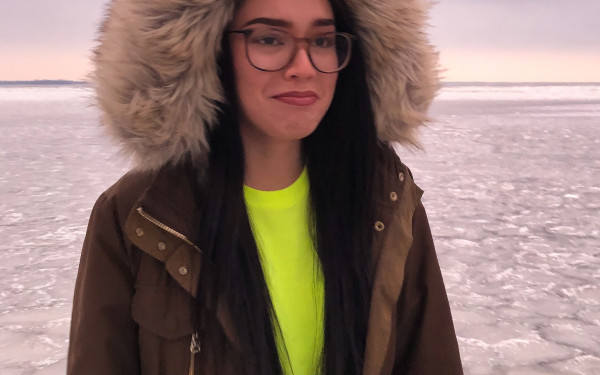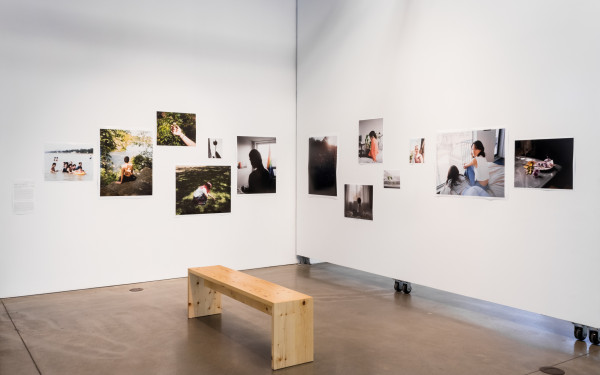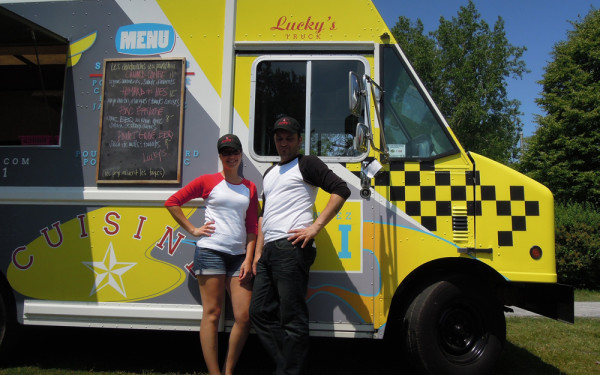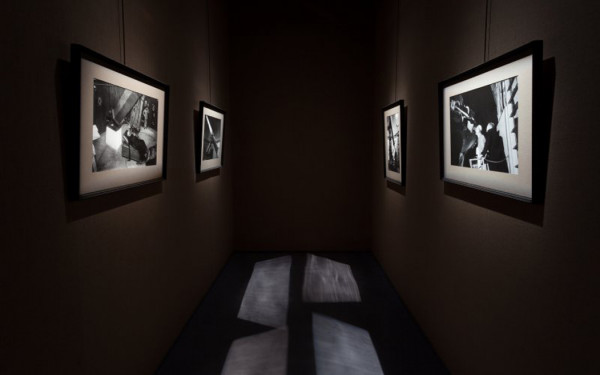Two Food Photographers make ‘food porn’ of the Montreal food scene
How a schoolteacher from southwest Ireland became a most-wanted food photographer
Alison Slattery directs the lens behind Montreal’s renowned @TwoFoodPhotographers Instagram account. She takes photos for many Montreal restaurants, sometimes for the menu and promotional materials, and other times working on projects such as the True North cookbook and the long-awaited Mandy’s Gourmet Salads cookbook.
Down to earth despite a following of over 10,000, 39-year-old Slattery has a disclaimer: despite the name of the business, she is the photographer behind the account. Her business partner, Farah Khan, is now a busy graphic designer with her own business, House9 Design.
The duo photographed weddings together before shooting food. Slattery remembers the gruelling day of a wedding photographer, emphasizing the long hours, fatigue, and pressure.
Slattery chose to keep the name when Khan decided to focus on her graphic design business, given its success on Instagram.
“I think I really just hit Instagram at a great time [when] [...] the word ‘food porn’ came into the world,” said Slattery. “I hate that word, but you know what I mean. Food wasn’t always like this, it became the Instagrammable thing. Maybe it was before me, but it definitely helped me ride the wave when I started.”
Slattery’s photography style is bright, colourful, and meant to entice the viewer to want to eat the food portrayed. The proof is in the Instagram feed; it takes less than a minute to feel a Pavlovian reaction. Slattery credits the beautiful photos to years of practice.
“I found my style; I just went with it!” she said. When other accounts use Slattery’s work without tagging her, many people already know that she took the photograph, something Slattery is proud of.
This recognition got her some contracts after volunteering to take photos for a food writer once a week.
“I had written to Élise [Tastet], who had started Tastet,” she recounted. “I was like ‘I have no food portfolio, can I work with you for like a year and build one up?’”
The pair would go to a restaurant and sample some bestsellers for the Tastet site, and Slattery would shoot photos. She said the restaurants would see the pictures and ask Tastet for Slattery’s contact info—some inviting her back to shoot the entire menu to use on social media.
One challenge many Instagram users face is taking photos of delicious food that may not necessarily look appetizing in photos. This is small potatoes for Slattery.
“I’m not going to name restaurants, because everyone’s trying to survive right now,” she said. “But I did take pictures a couple of years ago, where people knew the food wasn’t great, but the pictures made the food look great.”
“Let’s be honest, if you’ve got a good camera and a good setup, you could take street food,” she said. “Street food is delicious, it could look nasty, but you could just do a setup, and it could look unbelievable.”
“The shots that go on Instagram, sometimes, are nasty. People take them with their flash at nighttime or videos that get really close; the stuff sometimes looks like manure on a plate. But you know it’s good because of where they are. They’ve just done something injustice because it’s flash in a dark environment.”
Slattery prefers taking her photos in the daytime to avoid situations like this. Khan, however, interjected to say it’s really about being intentional.
“I think you can take a beautiful photo in just about any circumstance, with just about any piece of technology or camera, but you just have to be very aware of the limitations and possibilities, of your technology and of your surroundings,” she said.
It is the best job I’ve ever had.
“I’ve been using the same equipment for a while. I used to make money from wedding photography for a couple of years, during which I bought equipment, lenses, cameras,” she said.
“I recently purchased the Nikon D850 and I barely use it because I’m still in love with the first one, the D800. I feel like I’m going to just keep going with it until it gives out on me.”
She has three cameras now. Her tone shifts to one of grave warning as she describes the perils of being limited to one piece of equipment.
“The one thing you know is when you send it into that shop it's gone for at least a month,” she said.
No job is perfect, but Slattery and Khan said their clients are amazing.
“Working with chefs and restaurants is a dream because they love what they do so much,” said Khan. “They understand what it’s like to be an artist, so they’re very trusting of us.”
“And they know that your photos are their recipes,” Slattery added.
Khan said in any service-based work, reputation is the most important thing. “It’s really a fine balance of how to stand up for yourself while maintaining relationships.”
Slattery described some of the most memorable projects, and some came as no surprise.
“The Mandy’s cookbook was incredible!” Slattery recounted. “They were absolutely dream clients and wonderful women as well. Derek at Maison Publique is also amazing to work with. Tastet has been great to work with. I have met so many restaurants and people and stories through that job. That was my first, and I’m still doing it four years later.”
Slattery described discovering new restaurants through clients and networks she built over time as a spiderweb. She emphasized the importance of Instagram for networking, through which she receives more messages than through the website.
She seems to still be amazed by how this dream job is now her job. “It is the best job I’ve ever had,” she said. “It’s a job that so many people covet. It's crazy!”
Slattery went from teaching in Ireland to teaching in South Korea, where she bought her first camera. When she moved to Montreal, she realized she would have to go back to school to teach in Quebec—costly for an international student. Rusty with her French, Slattery worked in daycares and as a nanny for a few years, practicing photography as a hobby.
She described shooting images of children at the daycare and eventually scoring contracts from families to take photos for them.
“I don’t think I can charge you because I don’t think I’m good enough,” she remembered feeling. “That was a huge battle I went through for years, feeling that I wasn’t good enough. I couldn’t call myself a professional, that word seemed so strong that it scared me.”
Slattery didn’t start off knowing how to take the photos she takes today. She would be carrying a piece of paper with reminders about camera settings and would have to practice regularly so as not to forget.
“If I can do it, coming from southwest Ireland to a different country and changing jobs, anyone can do this,” she said.
“I’m all self-taught. Yet here I am.”
Tips from Alison Slattery
I prefer to use natural light, so I always shoot by a window. I often use a reflector opposite the window to help bounce the light. You can always use a white sheet of paper or white cardboard.
Try to shoot in manual settings, you’ll get to learn your camera more!
Angles are important. Walk around the plate or the table. Never stand in one spot the entire shoot.
Experiment with depth of field.
Never ask for free food. Not even in exchange for photos. Restaurants are struggling right now more than ever.
And finally, always try to develop your own style.
This article originally appeared in The Food Issue, published November 3, 2020.

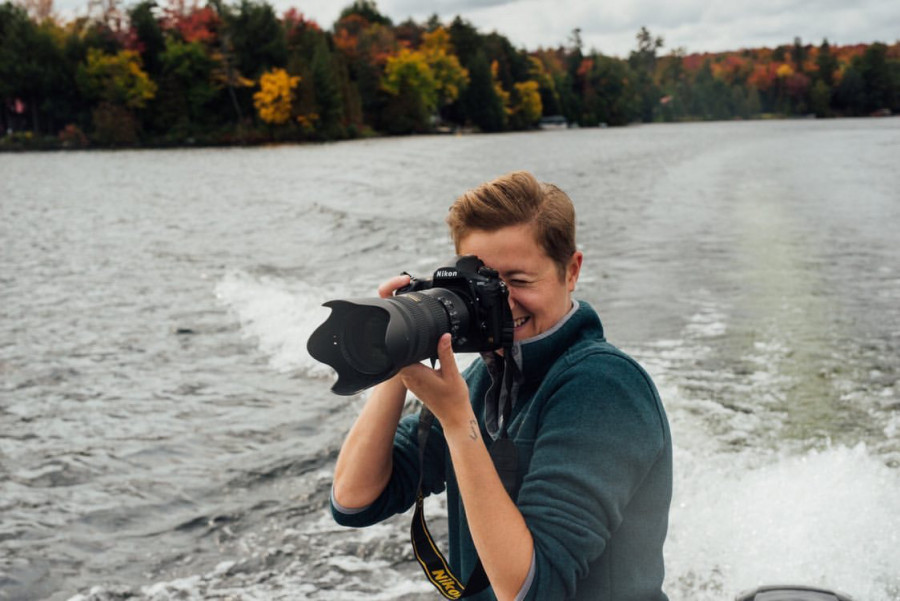
_600_832_s.png)

